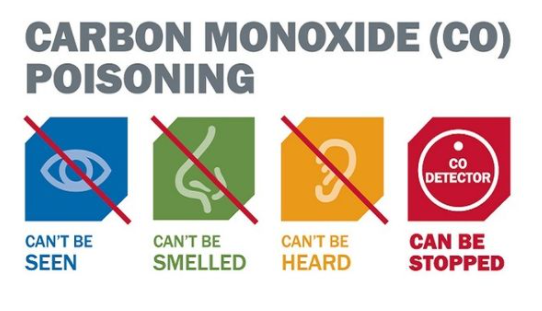(NC) One day you go downstairs, unaware of what is quietly waiting for you in the dark. Your turn on a light and there it is — water everywhere.
After a flood, it’s important to quickly restore your home to good order to protect your health and prevent further damage. Standing water and wet materials may carry viruses and will allow bacteria and mould to grow, which can present serious health risks.
Here’s what you need to do after a flood:
Remove water, mud and other debris
• Remove standing water.
• Remove all soaked and dirty materials, debris and any mud or soil.
• Clean walls and furnishings with a solution of soap and water. Remove remaining water with a pump or wet vacuum, and clean floors as quickly as possible.
Ensure your well water is safe
• During a flood, don’t use well water for drinking, cooking, bathing, showering or brushing teeth.
• After a flood, don’t start using your well water again until you get advice from your local health authority on cleanup, well disinfection and water testing to make sure your water is safe to use.
Dispose of contaminated household items
• Remove and discard water-soaked flooring.
• Remove finished walls completely if the water level caused the the walls to be wet or humid for 48 hours or more.
• Dispose of furniture and household items that have been exposed to flood water and cannot be dried.
Clean and dry out the house and salvageable possessions
• To prevent mould growth, after cleaning, ventilate and dehumidify the house until it is dry. Indoor humidity should be between 30 and 50 per cent.
• Speed up the drying process with fans. If weather permits, open doors and windows.
• Vacuum dried surfaces with a high efficiency particulate air (HEPA) vacuum cleaner.
Avoid carbon monoxide poisoning
• Make sure there is a working carbon monoxide alarm installed, especially when drying out your house.
• Carbon monoxide can build up quickly if fuel-powered equipment (such as a pump or generator) is used in a poorly ventilated area. Do not use equipment indoors if it is designed only for outdoor use.
Remember, move fast. Your house and furnishings are less likely to grow mould if they are dried within 48 hours. (Source: News Canada)





